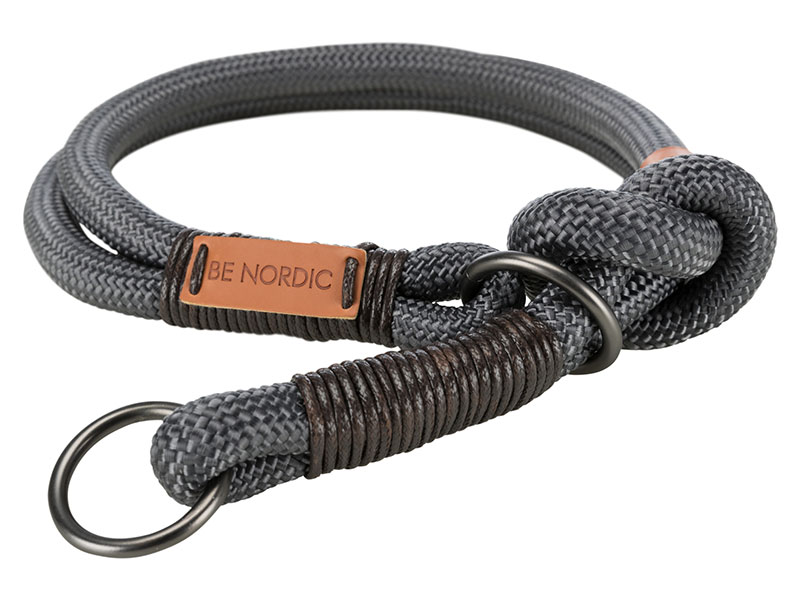Collar or harness?
Often dog owners ask themselves: Is a collar or a harness more suitable for my dog or puppy? There is no general answer to that question - both products have their pros and cons.






The collar
A collar is often more pleasant to wear for the dog and easier to put on and take off for the handler. There is less risk of the dog getting hurt when running around free, playing with other dogs or getting caught in something with a collar.
The harness
A harness is gentle on muscles, spine, larynx, thyroid gland and trachea. The pressure caused by the dog pulling on the lead or by sudden tugs is much more evenly distributed. Therefore a harness is a good choice particularly for puppies that have not yet been trained in everyday behaviour and in following a lead.
For sports activities with a dog e.g. cycling, jogging etc. a harness is also recommended, as unexpected movements can always occur during such activities. The same can be said for the use of tracking leads or retractable leads. These should always be used in combination with a harness to avoid injuries to the cervical vertebrae caused by tugs.
The correct fit
For all harnesses, the correct fit is important. A harness that does not fit properly can lead to health problems just as a collar used in the wrong way can. This applies to all harnesses, from touring harnesses, power harnesses to H-harnesses.
It is always good if the dog is used to both products. Situations can come up unexpectedly that make using one or the other temporarily necessary, for example injuries. Then the dog feels less stress when it is acquainted with both.
After measuring the chest circumference, the harness should be fitted taking the following points into consideration:
- shoulders and front legs should be able to move freely
- the belly strap sits on the costal arch (leave at least 2-3 fingers' width between armpit and belly strap, more for large sizes)
- the chest strap sits on the breast bone

